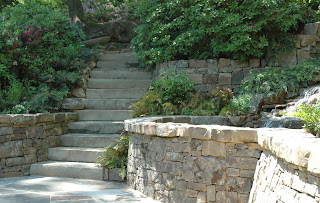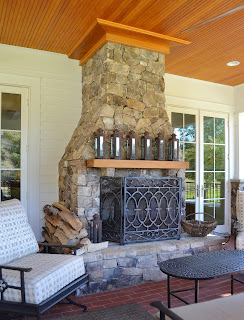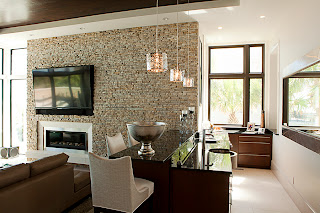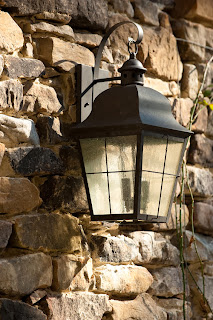What's behind the pained stucco window sills on a typical historic Charleston building? Probably stone. It could be marble, limestone, brownstone or granite. These buildings were built to stand the test of time, so they used a timeless building material. So why does it appear that these sills or lintels have cracks in them? This question is a little more complex. Sometimes the cracks are in the paint and stucco that has been applied to cover up the stone.
Other times the stone may be eroding over time. If stone is a timeless building material then why would it be erroding? Let's use Brownstone has an example in our discussion because it is prevalent in our downtown structures.
Brownstone is a very soft sandstone product. One of the reasons it is used in building is becasue of its soft characteristics. It can be easily manipulated by hammer and chisel or saw immediately after extracting it from the ground. Over time the material will harden when exposed to the elements. However, it does have some flaws. It is a sedimentary stone that is formed in horizontal bedding layers. The way brownstone was formed makes it inherently prone to erosion. Over time these beautifully carved lintels separate just slightly along the bedding lines to form small cracks in the stone. This allows moisture to enter, freeze, thaw and split them apart.
Also prevalent in the material are tiny clay pockets where the material never hardened fully and erodes slowly over time. So what do we do about this stone material that was installed in the 1800's and is slowly eroding?
The major concern is to determine whether this erosion is causing any damage to the structure of the building. In most cases there is no reciprocal damage to the structure. This is why you generally see the sills painted over or stuccoed to hide the cracks.
In 2012 a structural engineering firm was hired to investigate the structural cracks on the house front porticoes at Drayton Hall. The house at Drayton Hall was completed in the mid-1700's around 1742. Over the years this plantation house has undergone several large reconstructive renovations. The structural engineering firm 4SE was concerned that the cracks in the portico were indicative of cracks in the brownstone lintels behind it.
After chiseling away the stucco to expose the brownstone the structural engineers were pleasantly surprised to find the lintels in great condition. These stones have been installed for over 250 years are still in good shape.
Although brownstone has flaws in its original formation often times this material has been proven to stand the test of time. We have had to replace material on recent downtown renovations but usually it is initial improper installation practices or for aesthetic reasons.










.JPG)
.JPG)




